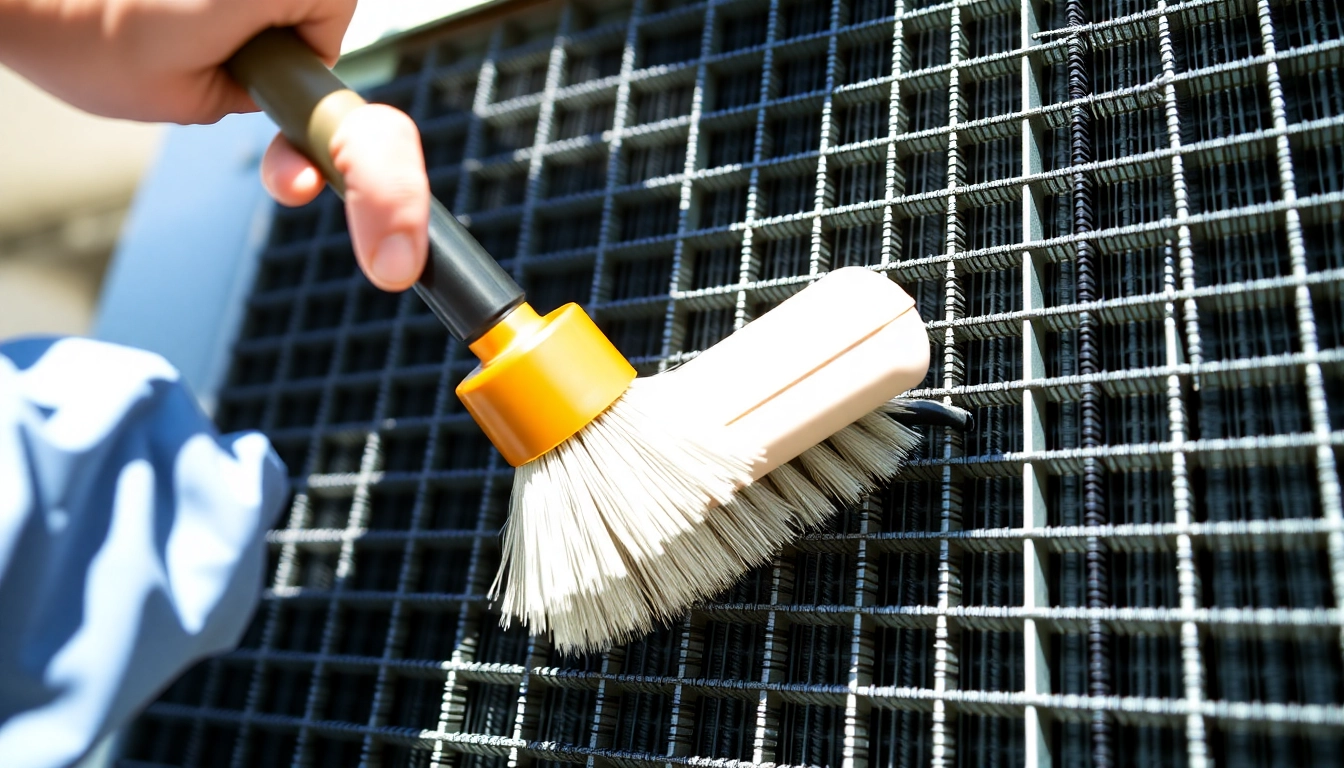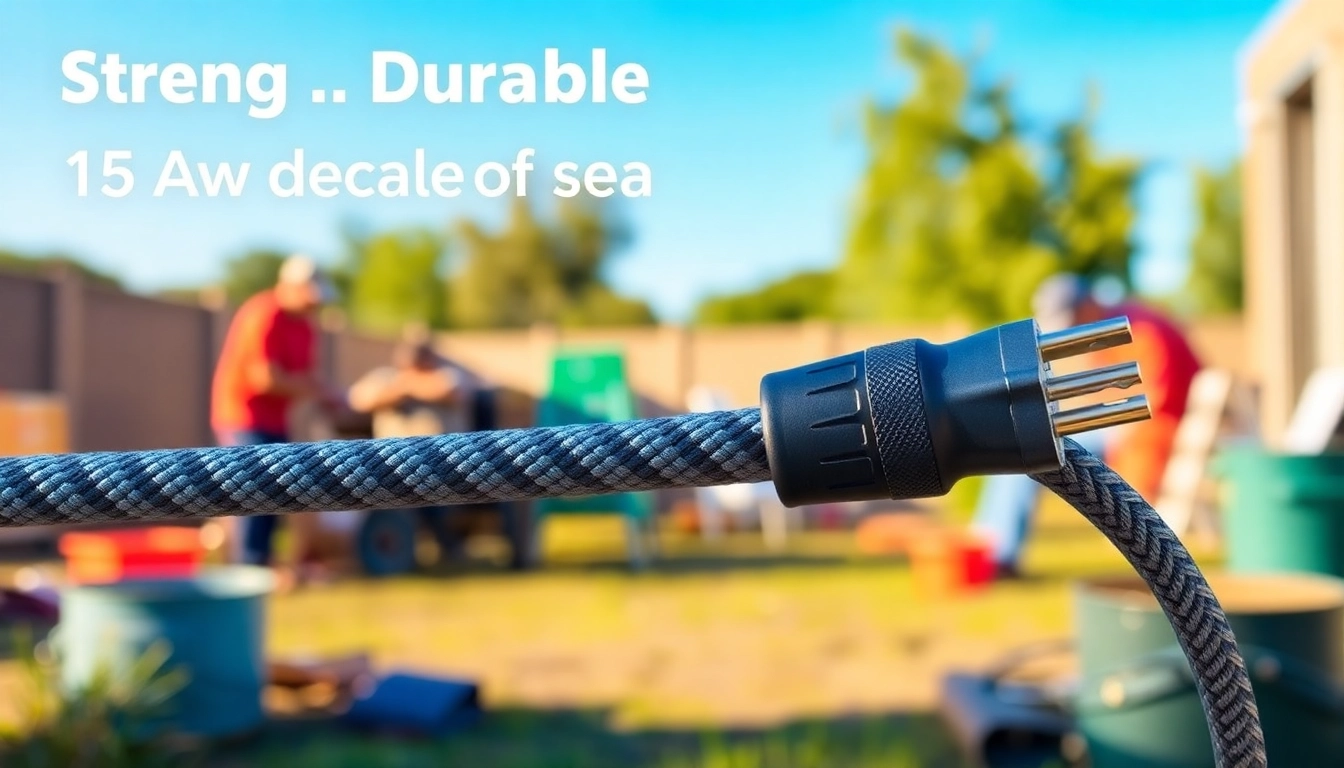Understanding the Importance of Cleaning Air Conditioner Condenser Coils
Keeping your air conditioning system in top condition is crucial for optimal performance and efficiency. One often overlooked element of maintaining your AC unit is cleaning air conditioner condenser coils. The condenser coils play a vital role in the air conditioning process, and neglecting to clean them can lead to a host of problems that affect both comfort and energy efficiency.
Why Regular Cleaning is Necessary
Air conditioner condenser coils are located in the outdoor unit of your AC system and are responsible for expelling heat from your home. Over time, dirt, dust, and debris can accumulate on these coils, significantly reducing their efficiency. Regular cleaning is essential because:
- Improved Efficiency: Clean coils allow for better heat exchange, which means your AC unit doesn’t have to work as hard to cool your space, ultimately saving on energy costs.
- Extended Lifespan: A well-maintained cooling system will typically last longer than neglected units. Cleaning the coils helps reduce the strain on the system, preventing premature failure.
- Better Indoor Air Quality: An efficiently operating AC unit improves air circulation and quality, reducing allergens and contaminants within your home.
Impact on Energy Efficiency
Dirty condenser coils can increase energy consumption by anywhere from 10% to 30%. The more energy your unit uses, the higher your energy bills will be. Moreover, should the coils become encased in grime, heat can’t dissipate effectively, forcing the unit to work overtime. This not only increases costs but also leads to wear and tear on components that could require expensive repairs or replacement in the long run.
Common Issues Caused by Dirty Coils
Failing to clean your condenser coils can lead to several specific issues, including:
- Reduced Cooling Capacity: As the coils get dirtier, the system’s ability to cool will diminish, leading to uncomfortable indoor temperatures.
- Increased Runtime: The system will operate longer and may fail to reach desired temperatures, putting additional pressure on components like the compressor.
- Freon Leaks: Dirty coils can lead to temperature imbalances, which may cause Freon leaks, leading to costly repairs.
Preparation Before Cleaning Your AC Condenser Coils
Before embarking on the actual cleaning process, ensuring that you’re duly prepared can make a world of difference in achieving successful results. Here’s how to get ready:
Gathering the Right Tools and Supplies
Having the right tools on hand will streamline the cleaning process. Here’s a list of essential equipment:
- Soft-bristle brush
- Garden hose with a spray nozzle
- Coil cleaner (commercial or homemade)
- Small bucket
- Gloves and safety goggles
- Vacuum with a soft brush attachment
Safety Precautions to Consider
Before starting, it’s crucial to prioritize safety:
- Always turn off power to your AC unit at the breaker box to avoid any electrical hazards.
- Wear gloves and safety goggles to protect yourself from chemicals and debris.
- Utilize a vacuum cleaner equipped with a HEPA filter if you’re removing dust and dirt.
Understanding Your Air Conditioning Unit’s Layout
Each air conditioning system is different, but generally, the condenser coils are located in the outdoor unit housed within the metal casing. Familiarizing yourself with your unit’s design allows for easier access and more efficient cleaning. Check the owner’s manual for detailed information specific to your model.
Step-by-Step Guide to Cleaning Air Conditioner Condenser Coils
Now that you’ve gathered your tools and understand your unit, it’s time to dive into the cleaning process. Follow these steps for a thorough and effective cleaning:
Shutting Down the System Properly
Always start by shutting off your AC unit. This prevents any injuries and ensures that you can work safely around the coils. Turn off the power from the main electrical panel or the thermostat, and confirm that the system is off before proceeding.
Removing Debris and Loose Dirt
Begin by checking the area around the outdoor unit. Remove any large debris like leaves, twigs, or dirt using your hands or a soft-bristle brush. Once the area is clear, use the vacuum to remove loose dust and dirt from the coils. Be gentle to avoid bending or damaging them.
Applying Cleaner and Rinsing Techniques
Next, it’s time to apply the cleaning solution:
- Spray the commercial cleaner onto the coils or apply a homemade solution of water and vinegar if you prefer a natural approach.
- Allow the cleaner to sit for approximately 5 to 10 minutes, as this will help break down grime and dirt.
- After the designated time, use your garden hose to gently rinse the coils from the top down, ensuring that the dirt is washed away without forcing debris further into the unit.
- Take care to avoid high-pressure settings which could damage the coils.
- Inspect the coils for any persistent dirt or damage, and repeat the cleaning process if necessary.
Maintenance Tips to Keep Condenser Coils Clean
Periodic maintenance can ensure that your condenser coils remain clean and functional. Here are some best practices:
How Often Should You Clean Your Coils?
For optimal functioning, it’s advisable to clean your condenser coils at least once a year, preferably before the start of the cooling season. However, locations with high levels of dust and allergens may require more frequent cleanings — up to twice a year.
Signs That Your Coils Need Attention
There are several signs that suggest your coils may require cleaning:
- Increased energy bills without an evident increase in usage.
- Warm air blowing from vents despite running the AC.
- Visible dirt or debris on the outside of the unit.
- Unusual noises from the condenser unit.
Seasonal Maintenance Checklist
Developing a seasonal maintenance checklist can help ensure you don’t overlook any crucial steps:
- Inspect and clean the condenser coils.
- Check and replace the air filter as needed.
- Clear debris from around the unit.
- Hire a professional technician for an overall system checkup once a year.
When to Call a Professional for Coil Cleaning
While cleaning your own condenser coils is certainly achievable, there are times when it’s best to seek professional assistance:
Signs of Severe Damage or Blockage
If you notice persistent issues after cleaning, such as strange noises or cooling issues, this could indicate serious damage. An HVAC professional can diagnose complications like refrigerant leaks or mechanical failures that you may not be able to detect.
Benefits of Professional Cleaning Services
While it may seem easier to clean coils yourself, the expertise of a trained technician can yield numerous benefits:
- Thorough Cleaning: Professionals have access to commercial-grade cleaning solutions and equipment that can offer a more thorough clean than home techniques.
- Diagnosis of Underlying Issues: HVAC experts can identify potential problems that require attention alongside cleaning services.
- Time Saving: Hiring professionals allows you to save time and effort, letting you focus on other important tasks.
Cost Considerations for Hiring Experts
The cost of hiring a professional to clean your condenser coils varies depending on location and service provider, but generally falls within the range of $75-$200. Evaluating the costs against potential savings on energy bills and prolonged equipment lifespan can help justify the expense.




